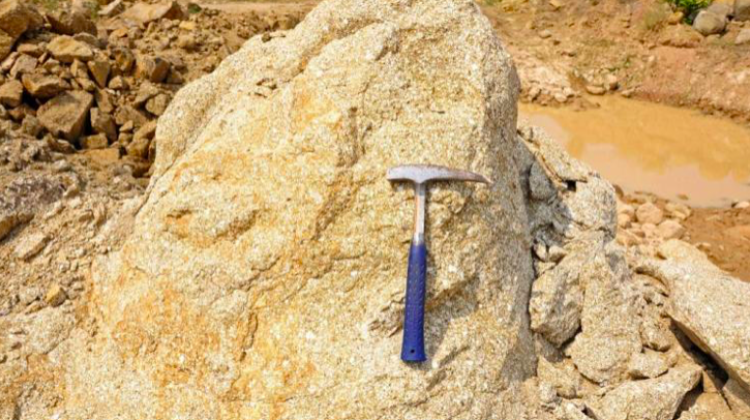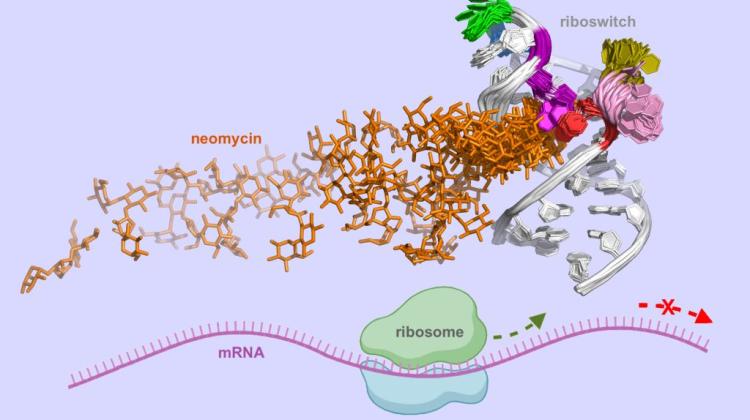Polish scientists described an ancestor of mammals from around 230 million years ago
 Photo: Fotolia
Photo: Fotolia
Polish scientists have described a previously unknown ancestor of mammals from 230 million years ago - eucynodont. The genus, named Polonodon woznikiensis, was identified on the basis of analyses of 22 tiny teeth and a humerus fragment excavated in a clay pit in Woźniki near Częstochowa (Śląskie).
These fossils are the oldest and most numerous Triassic remains of mammalian ancestors in Europe. Only one completely different tooth from the same period (from about 230 million years ago) is known. That tooth was found in Germany. The only teeth similar to Polonodon teeth come from India (five specimens) and from the U.S. (one specimen).
The results of fossil analysis are presented in the article "A new early Late Triassic non-mammalia form eucinodont from Poland", which appeared in the American online journal Historical Biology. Authors of the publication: Tomasz Sulej, Grzegorz Niedźwiedzki, Mateusz Tałanda, Dawid Dróżdż and Ewa Hara work at the Institute of Paleobiology of the Polish Academy of Sciences, at the Uppsala University and at the University of Warsaw.
"Cynodonts are ancestors of mammals. They were small animals, similar to today`s shrews. These remains are very rare and usually only teeth are preserved. The teeth of advanced cynodonts and pre-mammalian forms have been found mainly in younger 210-205 million years old layers. One such tooth has been found in Lisowice, Poland" - recalls one of the authors of the publication, Dr. Tomasz Sulej from the Institute of Paleobiology, Polish Academy of Sciences, head of the Museum of Evolution.
The remains of primitive cynodonts have been found all over the world, also in Europe - in Germany and Russia. But they come from the Paleozoic, about 255 million years ago. Mammals evolved from cynodonts about 200 million years ago.
The first publications on 230 million years old fossils from the clay pit in Woźniki were written in 2011 by almost the same team of scientists. They described the remains of extremely rare mammal-shaped reptiles - dicynodonts, labyrinthodonts, phytosaurids and Late Triassic dinosauriforms. In recent years, researchers have also found the remains of armoured and gliding reptiles in the clay pit. Previously, single teeth of reptiles from Woźniki were described by German geologists in the 19th century. (PAP)
Author: Anna Gumułka
kap/
tr. RL
Przed dodaniem komentarza prosimy o zapoznanie z Regulaminem forum serwisu Nauka w Polsce.














